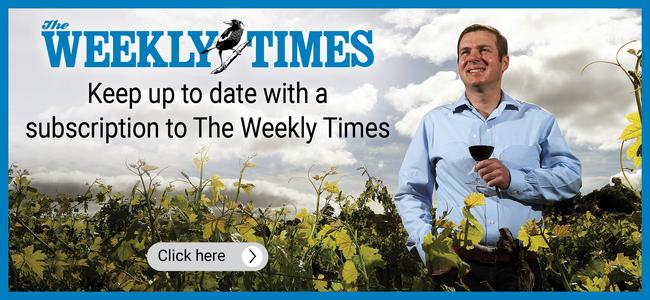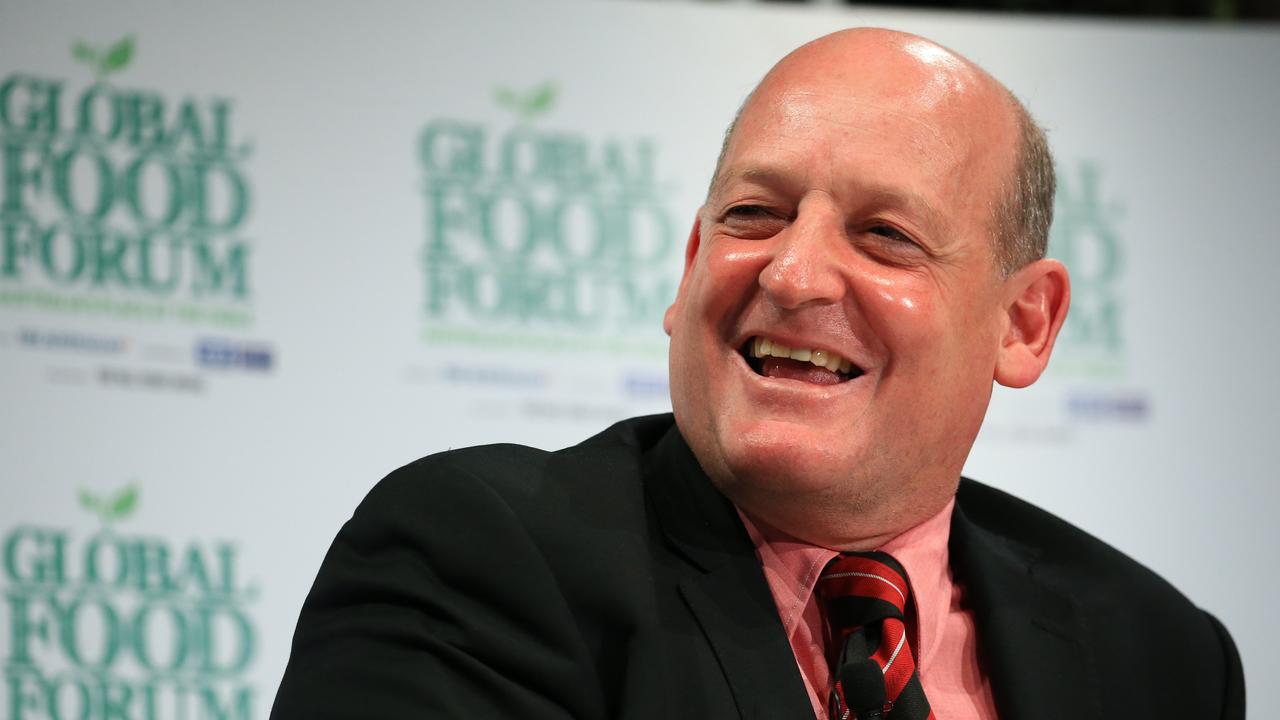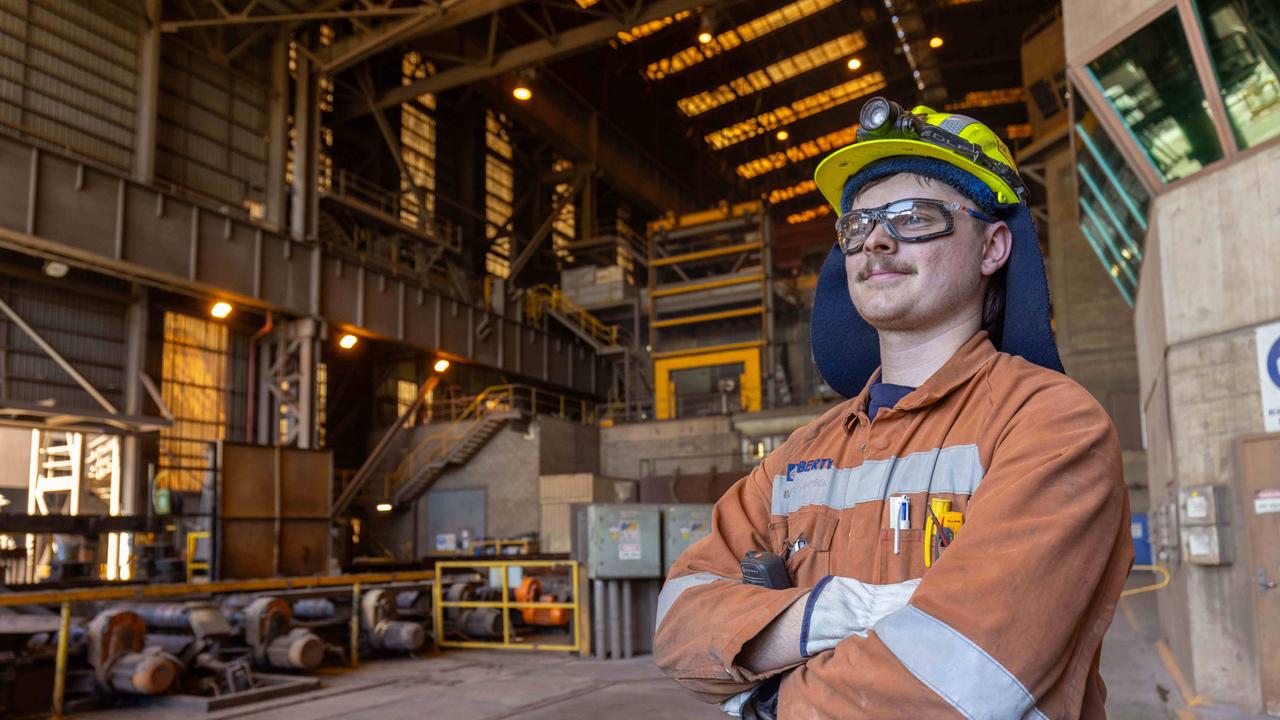Livestock prices pushing 850c/kg as producers look to rebuild herds
Young cattle prices have reached an all-time high, with the benchmark Eastern Young Cattle Indicator soaring even further beyond 800c/kg. But will prices stay high? An expert’s detailed forecast reveals what is tipped to happen from here.
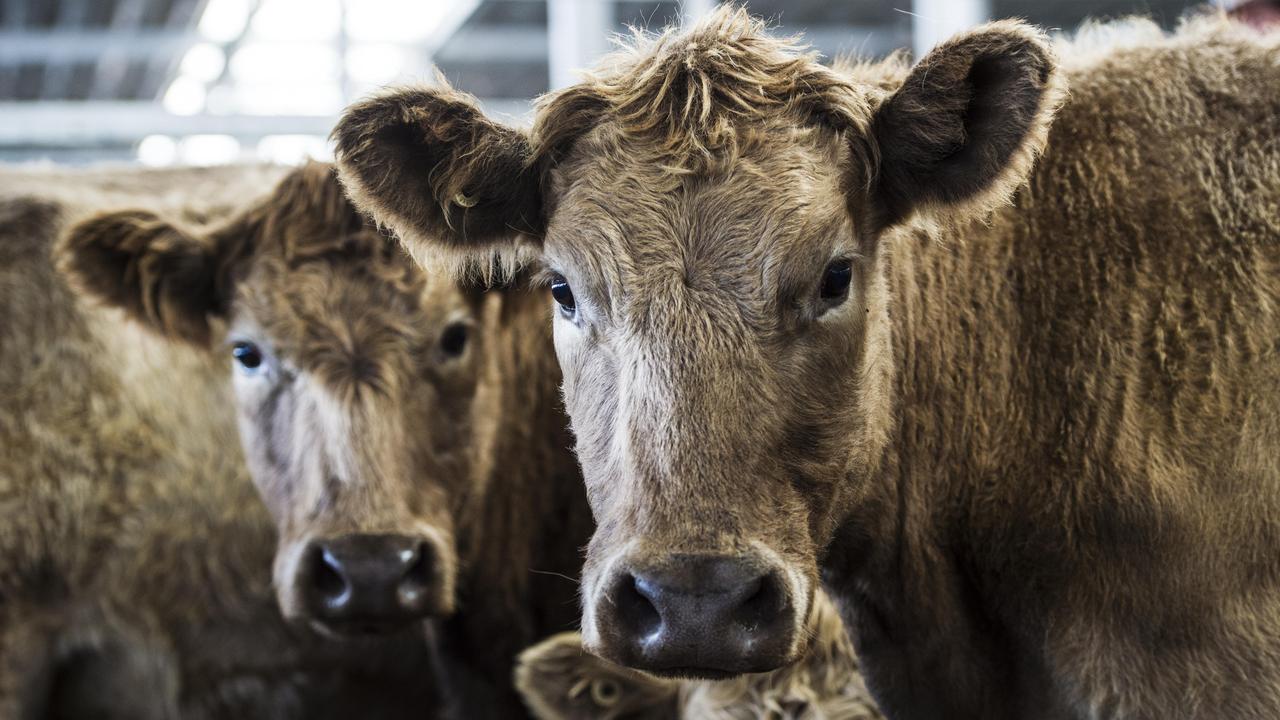
With everything going on in the world right now, there has never been a more important time to stay connected to the news. For a limited time, new subscribers can get full digital access for just $1.30 a week for the first four weeks.
UPDATE: PRICE records for young cattle have been broken yet again, with the Eastern Young Cattle Indicator reaching a staggering 822.50c/kg overnight.
It comes as record high livestock prices become the new normal in 2020 as producers continue to frantically rebuild depleted herds.
The Eastern Young Cattle Indicator had already broken yet another price record in recent days, surging beyond 800c/kg for the first time to hit 801c/kg.
Lamb and sheep prices have also surged, with the Eastern States Trade Lamb Indicator sitting at 760c/kg on Monday.
And with summer rainfall forecast to hit vast swathes of the east coast, one industry expert said producers should expect high prices to remain elevated.
Thomas Elders Marketing analyst Matt Dalgleish said cattle prices had the potential to sit above 800c/kg.
“Just going by the weather forecast, we haven’t seen it fully realised yet. In Queensland they haven’t started their wet season yet. There is the potential along the east coast for more wet weather,” Mr Dalgleish said.
“What’s keeping prices at bay is we’re already at record highs for heavy national steers, sitting at about 375c/kg. In the grass-fed trade, running numbers off the heavy steer prices, you could as a producer pay a bit higher than 800c/kg for cattle and still turn a profit.”
Mr Dalgleish said prices could reach as high as 850c/kg for young cattle.
And he did not anticipate the EYCI dropping anytime soon.
“We’re not going to see it fall away, there’s limited potential for it to go higher,” Mr Dalgleish said.
“There is the appetite for young cattle that will push those prices higher. The season will encourage restockers.”
“I’m anticipating it’ll stay higher than 800c/kg … I don’t see it crashing. Looking at how tight the cattle herd is, it’s the lowest since 1993. Despite the negative margins processors are getting, they’re still competing for available stock.”
The two stand-out sales of the past week were at Mortlake, where cattle prices surged past 400c/kg and at Corowa, where ewe prices averaged $400 as producers fought for young replacement crossbred ewes.
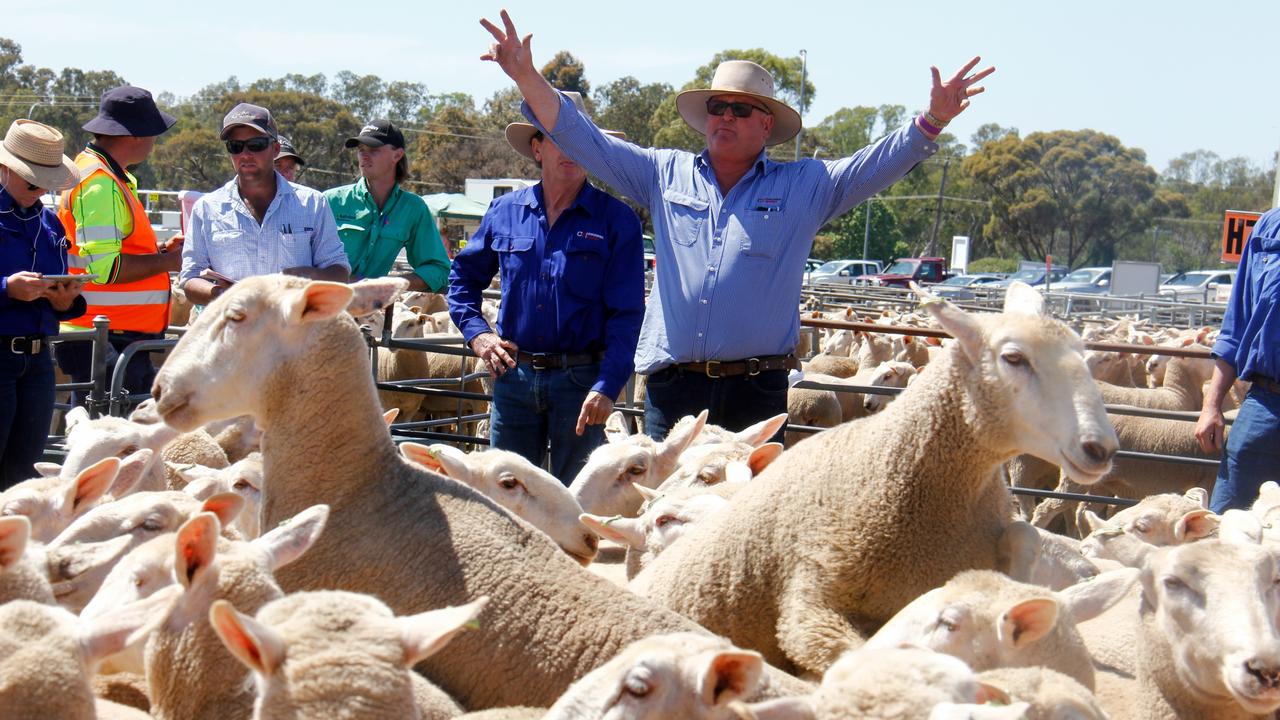
Last year, ewes averaged $300-$344 at Corowa, while at Mortlake 12 months ago store cattle averaged 305-318c/kg for grown steers.
At the Mortlake annual spring cattle sale prices averaged 415-427c/kg, with a top of 465c/kg for a pen of Hereford steers.
Heifers also made strong returns, with a pen of Angus heifers making 432c/kg.
Mortlake stock agents association president Alister Nash said “all commodities with four legs are very dear at the moment”.
“Whether you want to buy sheep, lambs, cattle, it’s all expensive,” Mr Nash said.
“There are times where the cattle job might be dear and blokes who would buy cattle might buy sheep instead, but because everything is dear right now, it’s adding fuel to the fire. I think a lot of people are underestimating the selldown of the drought. In places such as New England in NSW, they virtually went back to nothing.”
Mr Nash said many of the cattle yarded at saleyards recently were second or third drafts.
“You’re not buying the lead lots,” Mr Nash said.
“A lot of spring drop calves sold this year, because prices were so good they were sold early. What’s being sold now are ones that weren’t quite ready earlier. That’s what we’re seeing, and in a lot of cases they’re not the lead drafts that are making big money, it’s the second or even fourth draft.”
Meat and Livestock Australia cattle projections, released yesterday, forecast adult cattle slaughter rates to reach seven million for 2020 after falling 12 per cent in the past two years.
Australia’s cattle herd is forecast to grow almost 2 per cent, to 25.1 million head, by June 2021.
MLA market analyst Stuart Bull said despite facing headwinds from both unprecedented market conditions across cattle supply and demand, the outlook for the livestock industry was promising.
“While the COVID-19 pandemic has disturbed some markets and market segments, overall, both global and domestic demand for Australian beef remains stable,” Mr Bull said.
“There is the expectation that an earlier La Nina-influenced monsoon season will offer northern producers greater confidence.”
Mr Bull said the report forecast a 17 per cent decline in cattle slaughter.
“As a flow-on effect of a sharp decline in adult cattle slaughter, national beef production is now expected to contract 15 per cent year-on-year to 2.05 million tonnes carcass weight in 2020,” Mr Bull said.
“This contraction would represent the lowest level of national beef production since 2001.”
The sheep market has remained hot in recent weeks, with strong restocker demand from areas of NSW particularly hit by drought.
“It’s no surprise … there were high turn-off numbers in 2019 and the appetite to restock with the season is pretty good,” said Matt Dalgleish.
“Not just across all categories. Particularly the mutton price when compared to trade lambs, mutton is still at a discount but it’s a far narrower margin than normal. We last had this narrow discount in 2010-11, which was the last time we saw this kind of really wet season.”
Mr Dalgleish said there could be concerns over the long term if climate change and weather volatility continued to impact on consistent seasons in Australia.
“The concern is, we seem to be going from really wet years, to really dry years,” Mr Dalgleish said.
“That’s what the broader literature on climate change is suggesting, that we’re getting these extremes rather than average seasons. If we keep going into this extreme cycle, how difficult could it be under a grass-fed pasture system to continue in the future?”
MORE
WHO OWNS AUSTRALIA'S ICONIC FOOD BRANDS


